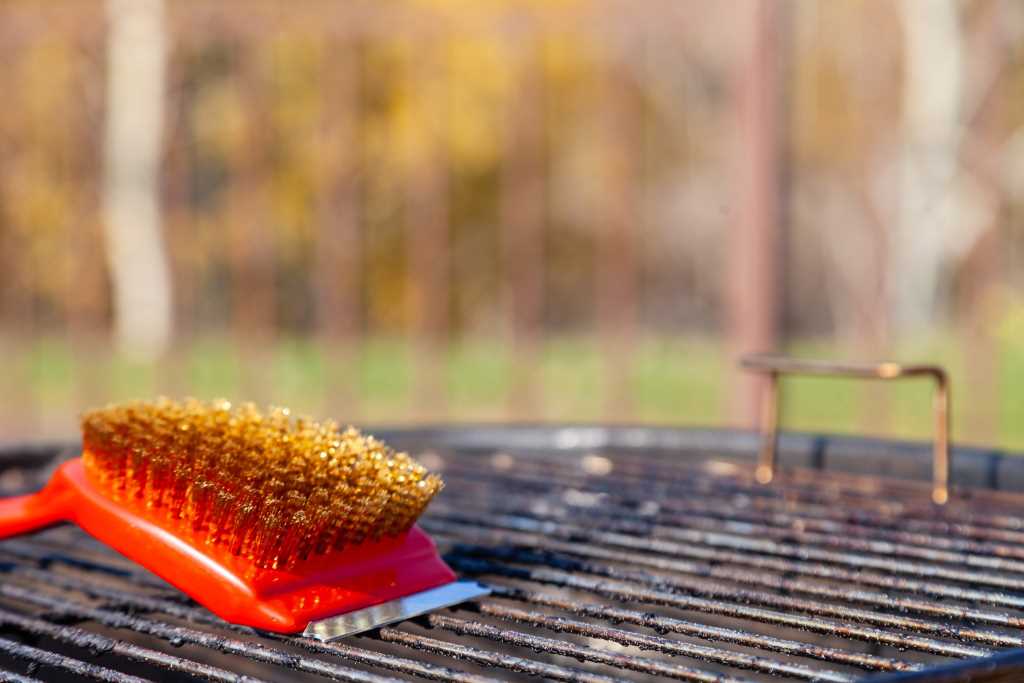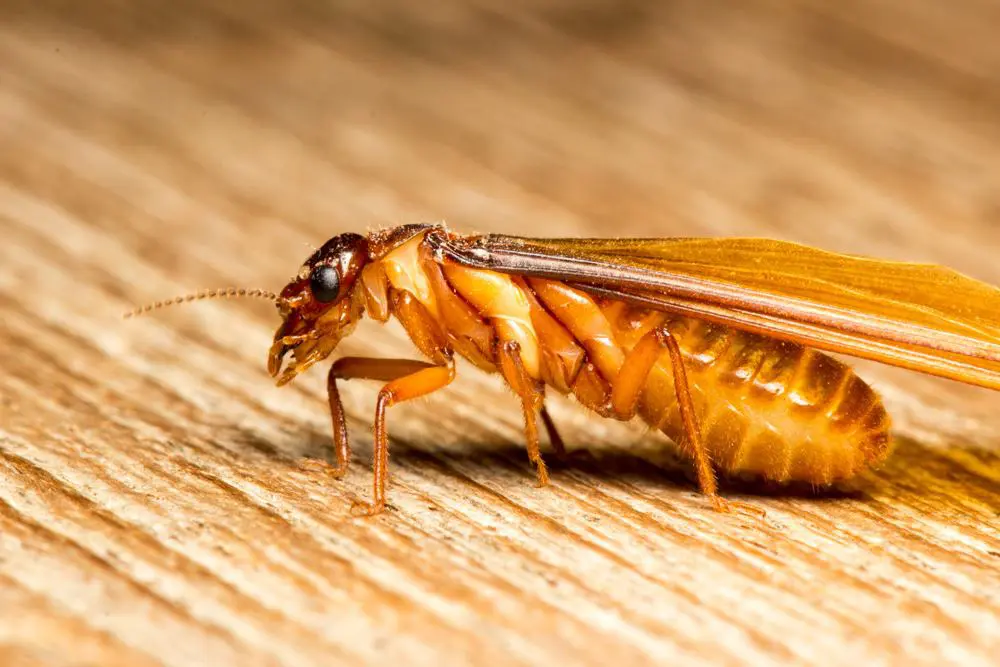A clogged drain is a common household problem that can be frustrating and inconvenient. There are a number of ways to unclog a drain, depending on the severity of the clog. In this article, we will discuss some of the most effective methods for unclogging a drain.
Causes of Clogged Drains
There are a number of things that can cause a drain to clog, including:
- Hair
- Grease
- Food particles
- Soap scum
- Toilet paper
- Feminine hygiene products
- Dental floss
- Medications
- Construction debris
Preventing Clogged Drains
The best way to prevent a drain from clogging is to avoid putting things down the drain that don’t belong there. This includes hair, grease, food particles, soap scum, toilet paper, feminine hygiene products, dental floss, medications, and construction debris.
If you do accidentally put something down the drain that doesn’t belong there, try to flush it out with hot water as soon as possible. Before attempting any of these methods, it’s recommended to consult a professional or refer to a bathtub drain diagram to ensure you understand the structure and components involved. If that doesn’t work, you can try one of the methods described below.
Methods for Unclogging a Drain
There are a number of different methods for unclogging a drain. The best method for you will depend on the severity of the clog.
Baking Soda and Vinegar
One of the most common and effective methods for unclogging a drain is to use baking soda and vinegar. This method works by creating a chemical reaction that helps to break up the clog.
To use this method, simply pour 1 cup of baking soda down the drain, followed by 1 cup of vinegar. Let the mixture sit for 30 minutes, then flush the drain with hot water.
Plunger
A plunger is another effective way to unclog a drain. To use a plunger, simply place the cup of the plunger over the drain opening and push and pull vigorously. The suction created by the plunger should help to dislodge the clog.
Wire Hanger
If a plunger doesn’t work, you can try using a wire hanger. To do this, straighten out a wire hanger and bend one end into a small hook. Insert the hook into the drain and try to fish out any debris that is causing the clog.
Drain Snake
A drain snake is a long, flexible tool that can be inserted into a drain to clear clogs. To use a drain snake, simply insert the end of the snake into the drain and twist it back and forth. The snake will help to break up the clog and clear the drain.
Chemical Drain Cleaners
Chemical drain cleaners can be effective in clearing clogs, but they should be used with caution. These cleaners can be harmful to your health and the environment, so it is important to read the instructions carefully before using them.
Professional Plumber
If you have tried all of the above methods and the drain is still clogged, you may need to call a professional plumber. A plumber will have the tools and experience necessary to clear even the most stubborn clogs.
Additional Tips
Here are a few additional tips to help you prevent and clear clogged drains:
- Clean your drains regularly. Pour a cup of baking soda down the drain, followed by a cup of vinegar. Let the mixture sit for 30 minutes, then flush the drain with hot water. This will help to keep your drains clean and free of clogs.
- Don’t put anything down the drain that doesn’t belong there. This includes hair, grease, food particles, soap scum, toilet paper, feminine hygiene products, dental floss, medications, and construction debris.
- Use a strainer. A strainer will catch hair and other debris before it can clog your drain.
- Have your drains professionally cleaned every year. This will help to prevent clogs and keep your drains in good working order.
Conclusion
Clogged drains can be a frustrating problem, but there are a number of ways to fix them. By following the tips in this article, you can clear your drain and get your water flowing freely again.






